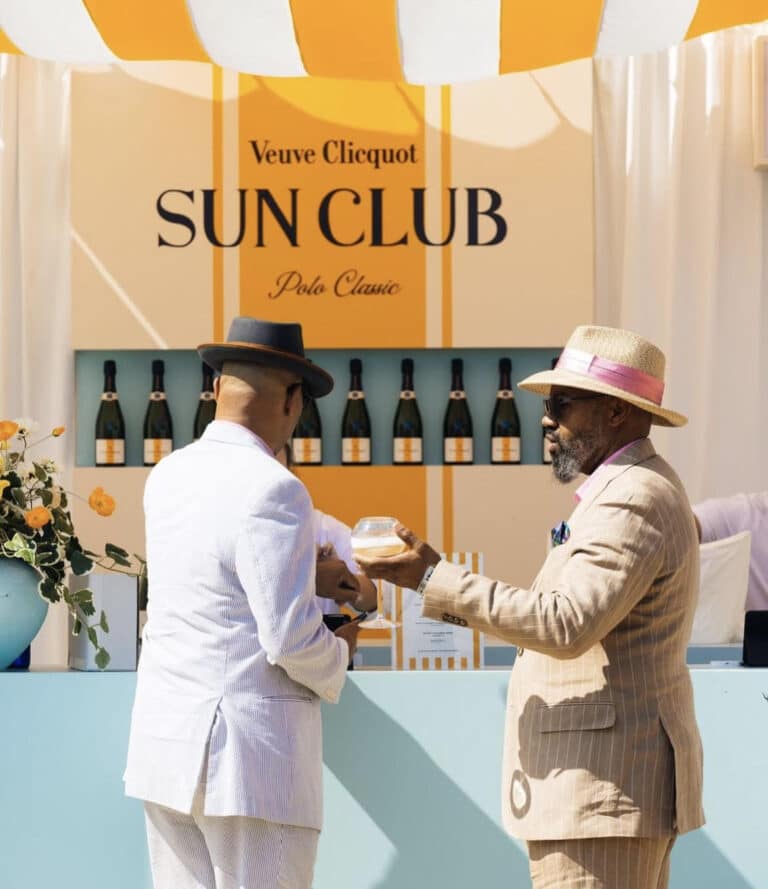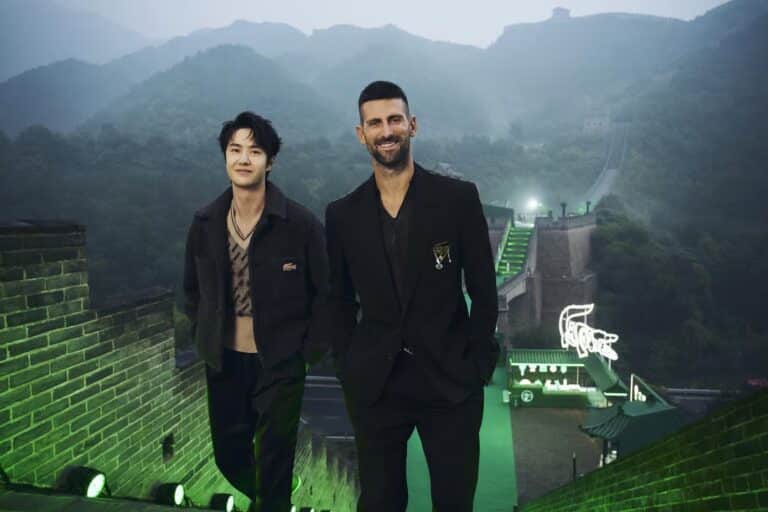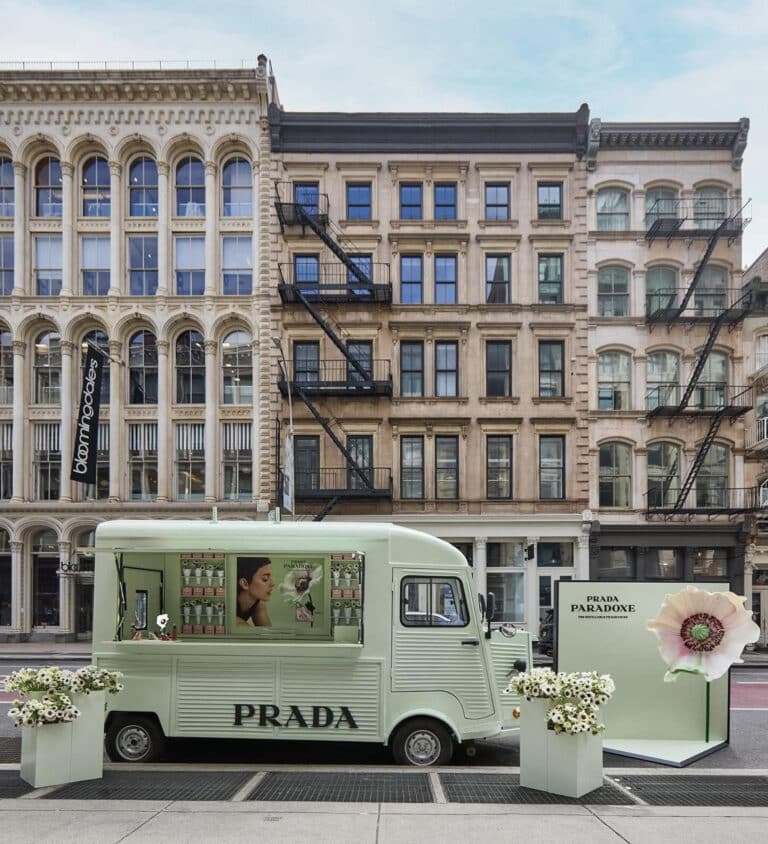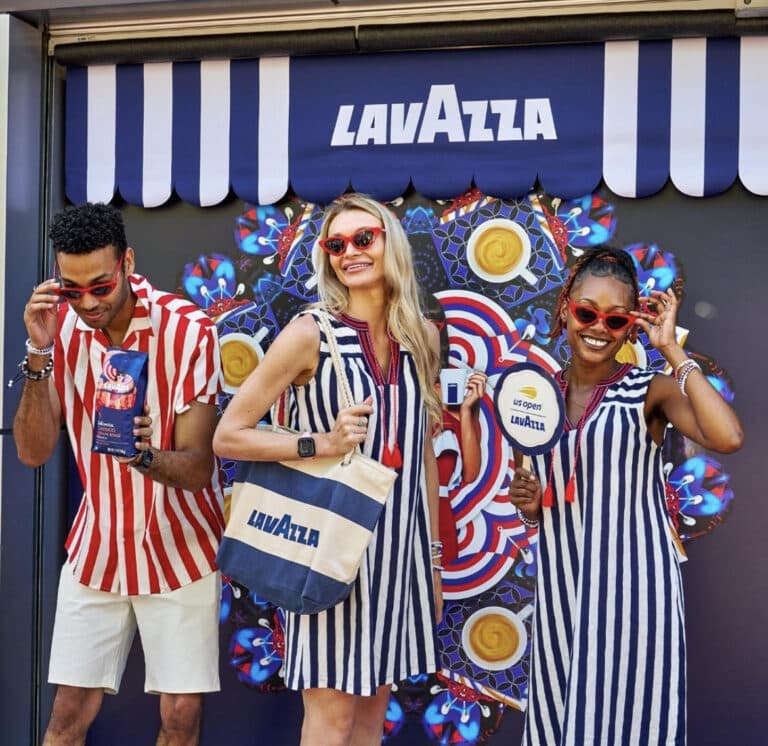Augmented Reality (AR) is a powerful tool that brands can leverage today to enhance their promotional strategies and customer experiences. By creating interactive and personalised experiences, AR captures audience attention, drives engagement, awareness, and sales. By embracing the AR revolution, brands are in a unique position to change their relationship with consumers.
With Apple’s release of the Vision Pro headset and Meta hinting at a possible launch of AR glasses, augmented reality headsets and eyewear may soon become mainstream. This shift would allow brands and entertainment companies to explore more ambitious AR projects, integrating interactive elements into the real world.
Even without specialised eyewear, everyday consumers can readily access AR experiences through their smartphones. Brands are already leveraging this technology extensively to bring their marketing campaigns to life through various AR activations. Here are ten we love!
Circle K & Niantic’s rewarded AR in Pokémon Go
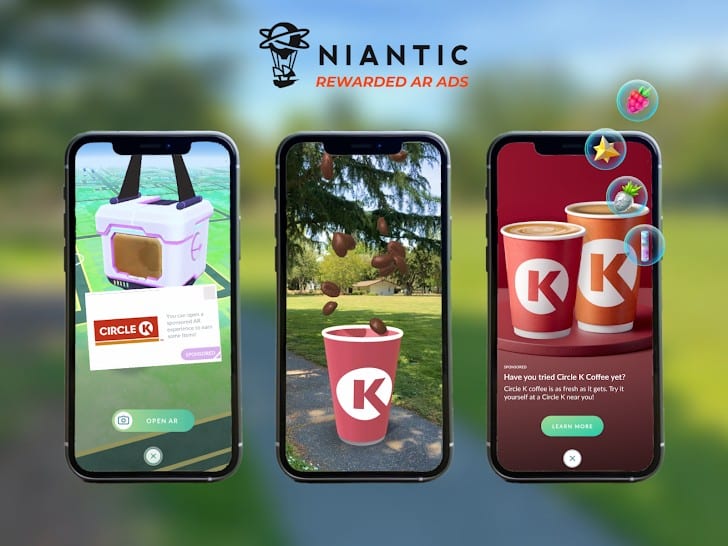
The release of Pokémon Go in 2016 brought augmented reality into the spotlight. Despite a decline in its initial peak of popularity since then, the game maintains a large player base, with an estimated monthly active count exceeding 85 million.
Niantic, the parent company of Pokémon Go, teamed up with the US convenience store chain Circle K to promote its coffee to Pokémon Go players. Within the game, players encountered a floating balloon on the map, prompting them to engage in a sponsored AR experience to earn in-game items. By activating AR mode, players could interact with a 3D Circle K coffee cup to collect the items. This encouraged players to visit a nearby Circle K store to try their coffee firsthand.
Coca-Cola’s #TakeATasteNow

In Autumn 2023, Coca-Cola launched #TakeATasteNow, a large-scale digital out-of-home (DOOH) and AR experience in collaboration with Tesco Group. The campaign was deployed across 13 major locations in the UK. Smartphone users could interact with and modify the AR visuals on the screens in real-time. By scanning a QR code, they received a digital bottle of Coke Zero on their phones along with a voucher to claim a real bottle at a nearby Tesco. This approach provided a more memorable experience than simply handing out product samples on the street.
Marcolin’s virtual sunglasses visualisation

AR has increasingly become more effective for virtual “try-ons,” particularly in industries such as makeup and accessories like eyewear. Marcolin, a leading eyewear company, embraced this trend with an AR campaign for its Guess brand. The campaign featured two distinct ad formats. One showcased Guess sunglasses in 3D, allowing users to virtually try them on using augmented reality. The other included a promotional video followed by the 3D product display and AR try-on experience. This campaign spanned across five countries: the US, Italy, Spain, France, and Germany, running during the peak sunglasses-buying months.
Warner Bros & Snapchat’s Barbie AR Activations

The ‘Barbie’ movie made a significant impact in international cinemas, this success can be attributed to good marketing strategies. Prior to the film’s debut in June, Warner Bros. Pictures introduced the Barbie Wardrobe AR lens on Snapchat. This lens allowed users to virtually try on outfits inspired by the movie.
Following the movie’s release, another promotional effort encouraged Snapchat users to scan iconic global landmarks like the Eiffel Tower, Sydney Harbour Bridge, Berlin’s Brandenburg Gate, Statue of Liberty, and London’s Tower Bridge. This activation transformed these landmarks into renditions in shades of bright pink and pastel colours, mimicking that from the movie.
Malfy Gin’s ‘Escape to a Malfy World’
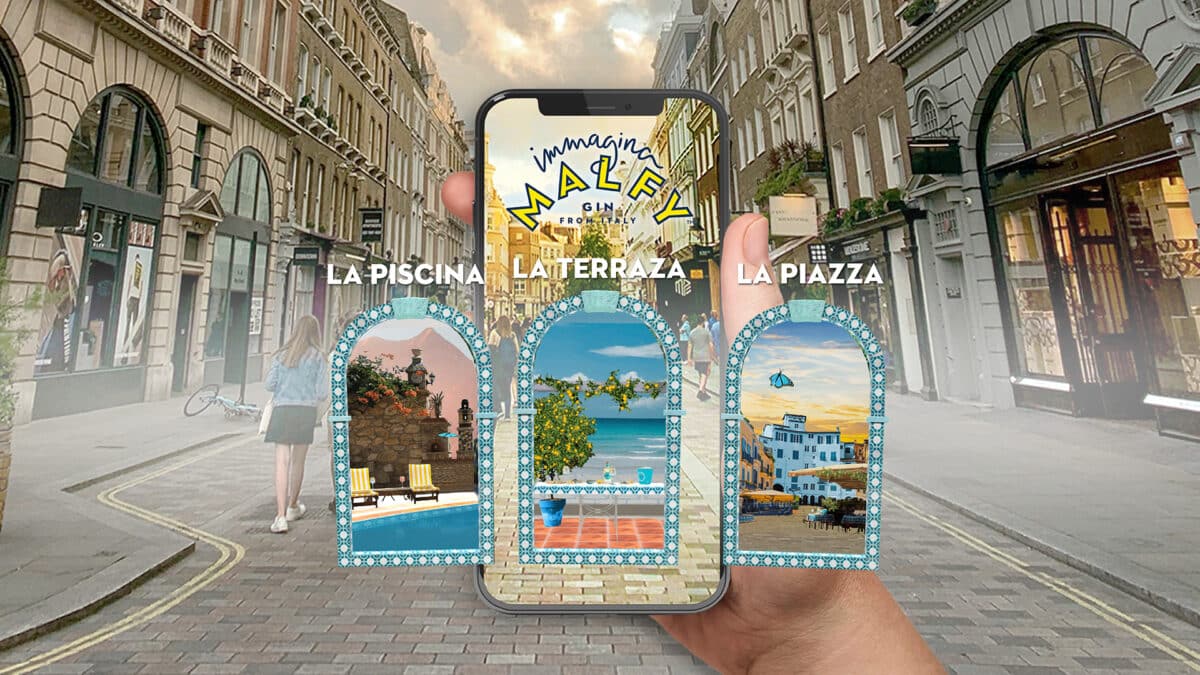
The premium Italian gin brand Malfy employed augmented reality (AR) to show how its gin can whisk drinkers away to the sunny Amalfi Coast in Italy. This created a 360-degree immersive experience that blended real photography with imaginative visuals. This campaign wanted to celebrate the “finer things in life”.
Consumers could activate this experience by scanning a QR code found on one of 300,000 bottles, on out-of-home (OOH) advertising, at point-of-sale locations, or by following a URL or social media post.
Revolut’s ‘unlockable’ Ultra AR

Financial app Revolut marked the launch of its new membership plan, Ultra, with an augmented reality activation across various prominent European cities. Revolut introduced silver ‘Platinum Portals’ in key locations, such as Covent Garden in London. Pedestrians had the opportunity to scan a QR code located at the base of these sculptures to unlock an AR experience displaying Revolut’s prestigious Ultra card.
L’Oréal Garnier’s Vitaverse
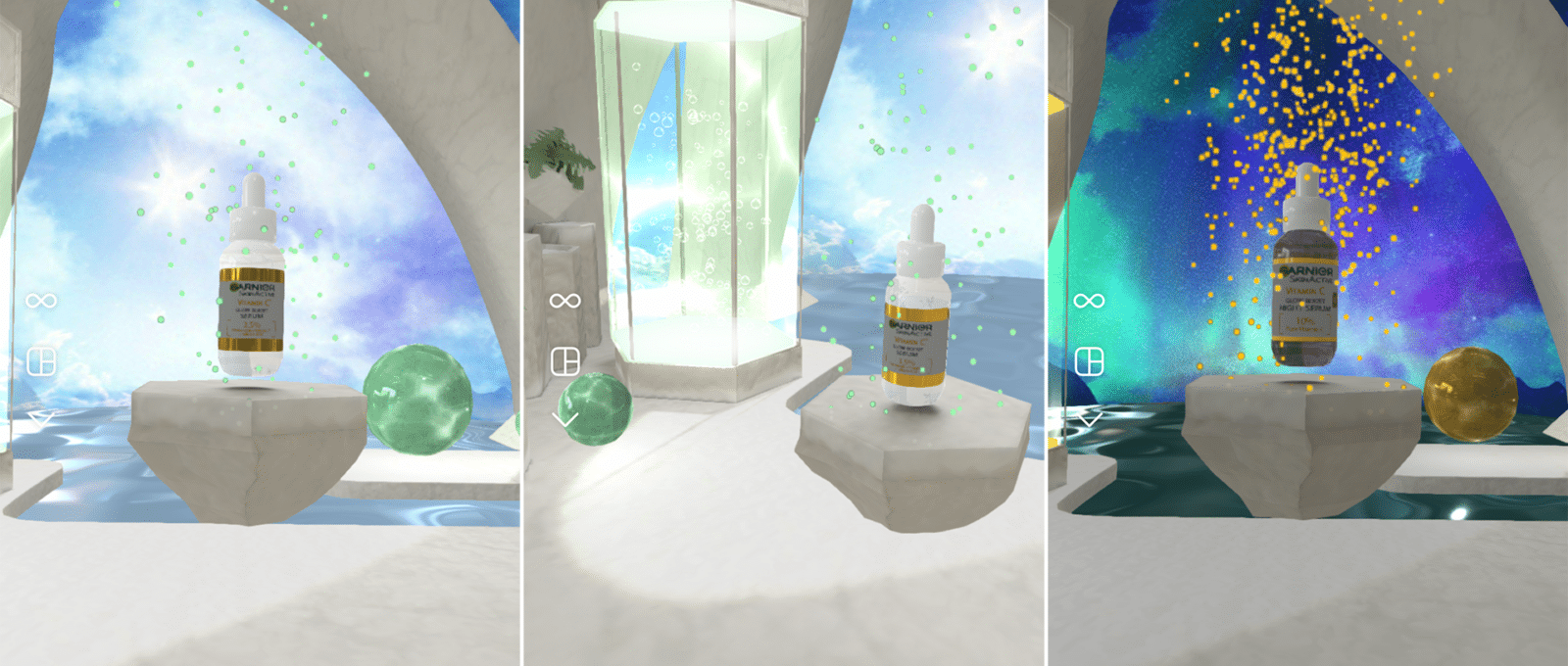
In May 2023, L’Oréal Garnier launched its first Instagram AR filter to promote its new Vitamin C Glow Boost Night Serum. When users activated the Instagram filter, they encountered a silhouette of the serum that opened a portal to a futuristic spa featuring floating orbs and relaxing music, with the serum bottle at its centre. Users could explore this virtual space and could switch the spa’s atmosphere from day to night, reflecting the two versions of the serum available.
Local influencers supported the campaign by highlighting the serum’s benefits and encouraging users to try the AR filter experience.
Vodafone’s ‘Elf and Seek’ AR game
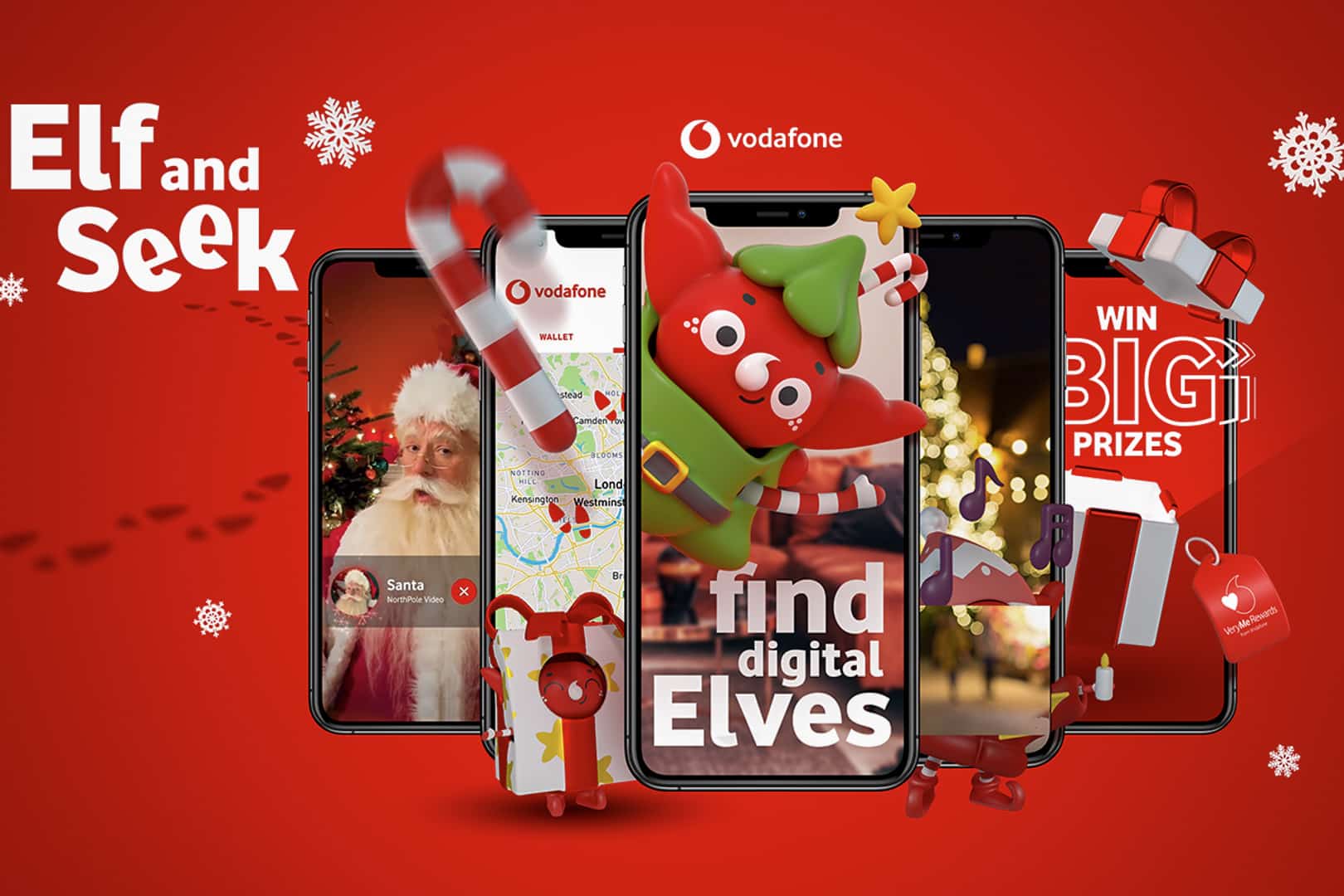
In Christmas 2023, Vodafone revived its ‘Elf and Seek’ AR game for the second consecutive year. This interactive game offered players a treasure hunt-style experience where they used their phones to capture digital elves and earn prizes via Vodafone’s rewards program, VeryMe.
Warner Bros’ Dune: Part Two Snapchat Lens

Before the release of Dune: Part Two, Warner Bros. collaborated once again with Snapchat to launch a Lens themed around the film. Snapchat users had the opportunity to turn themselves into Fremen, the fictional inhabitants of the desert planet Arrakis (also known as Dune), and ride atop a massive sandworm using this lens.
Warner Bros. and Snap introduced a collection of Dune-themed Cameos Stickers, which are animated stickers that Snapchatters can create featuring themselves, to enhance their Snapchat posts.
William Hill Vegas’ playable AR slot machines William Hill Vegas partnered with Wavemaker UK to develop an interactive out-of-home campaign allowing users to play an AR slot machine on their mobile devices. Across 23 OOH screens in 12 cities across the UK, players could scan a QR code to receive a digital token. This token enabled them to spin an augmented reality slot machine directly on their phones, without needing to download any additional apps.
William Hill Vegas partnered with Wavemaker UK to develop an interactive out-of-home campaign allowing users to play an AR slot machine on their mobile devices. Across 23 OOH screens in 12 cities across the UK, players could scan a QR code to receive a digital token. This token enabled them to spin an augmented reality slot machine directly on their phones, without needing to download any additional apps.
These examples illustrate how AR is reshaping brand interactions, blending digital and physical worlds together. As seen, AR can be used for virtually any type of brand or company and gives users a real edge on their competitors. The AR trend shows its role in shaping the future of marketing, promising continued growth, and evolution in how brands connect with and satisfy their customers.


